Stainless Steel Cabinets vs. Wood Cabinets: Which is the Better Choice for Your Kitchen?
Choosing the right cabinetry is one of the most important decisions when designing or renovating a kitchen. Cabinets not only provide essential storage but also set the tone for the room’s overall style, durability, and functionality. Traditionally, wood cabinets have been the standard choice for kitchens, praised for their warmth, natural beauty, and versatility. However, in recent years, stainless steel cabinets have gained popularity, especially in modern, industrial, and professional kitchens, due to their durability, sleek design, and hygienic properties.
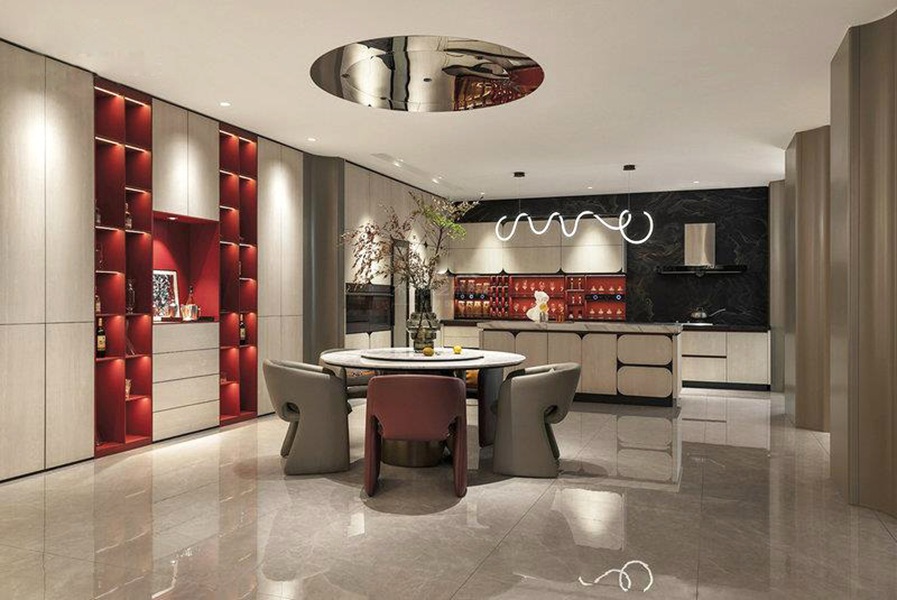
1. Durability and Longevity
Wood Cabinets:
Wood cabinets are classic and timeless, available in various species like oak, maple, cherry, and walnut. They are strong and can last decades if properly maintained. However, wood is prone to certain challenges:
Moisture Sensitivity: Wood can warp, swell, or crack in areas with high humidity or frequent water exposure, such as near sinks or dishwashers.
Scratches and Dents: Regular use, moving appliances, and kitchen activity can cause visible wear over time.
Pest Vulnerability: Wood is susceptible to termites or other pests in certain environments.
Stainless Steel Cabinets:
Stainless steel cabinets are constructed from high-quality steel alloys that resist corrosion, rust, and warping. These cabinets are highly durable and virtually immune to moisture-related damage. Benefits include:
Longevity: Stainless steel cabinets can last for decades without losing structural integrity.
Scratch Resistance: While minor scratches can occur, the material generally withstands heavy daily use.
Hygienic Surface: Steel does not harbor bacteria, making it ideal for kitchens with high hygiene standards.
In terms of long-term durability, stainless steel clearly outperforms wood, especially in high-traffic or professional kitchen environments.
2. Aesthetic Appeal
Wood Cabinets:
Wood exudes warmth and natural elegance, and it is versatile in style. It can be stained, painted, or finished in countless ways to match traditional, rustic, or transitional kitchen designs. Wood’s natural grain patterns give each cabinet a unique character.
Stainless Steel Cabinets:
Stainless steel offers a sleek, contemporary look that works well in modern, industrial, or minimalist kitchens. Its reflective surface creates a sense of spaciousness and light. Some designs combine steel with glass doors or integrated LED lighting, offering a high-end, professional appearance.
Choosing the Right Aesthetic:
Opt for wood cabinets if you want a cozy, traditional, or classic kitchen.
Choose stainless steel cabinets for a modern, industrial, or professional kitchen style.
3. Maintenance and Cleaning
Wood Cabinets:
Wood cabinets require regular maintenance to retain their appearance. This includes:
Wiping down spills immediately to prevent staining.
Periodically polishing or refinishing to protect the surface.
Avoiding harsh chemical cleaners that can damage finishes.
Stainless Steel Cabinets:
Cleaning and maintaining stainless steel is relatively simple:
Wipe with mild soap and water or specialized stainless steel cleaners.
Fingerprints and smudges can be removed quickly with a microfiber cloth.
No need for sealing, polishing, or refinishing.
In terms of ease of maintenance, stainless steel has a clear advantage for busy households or commercial kitchens.
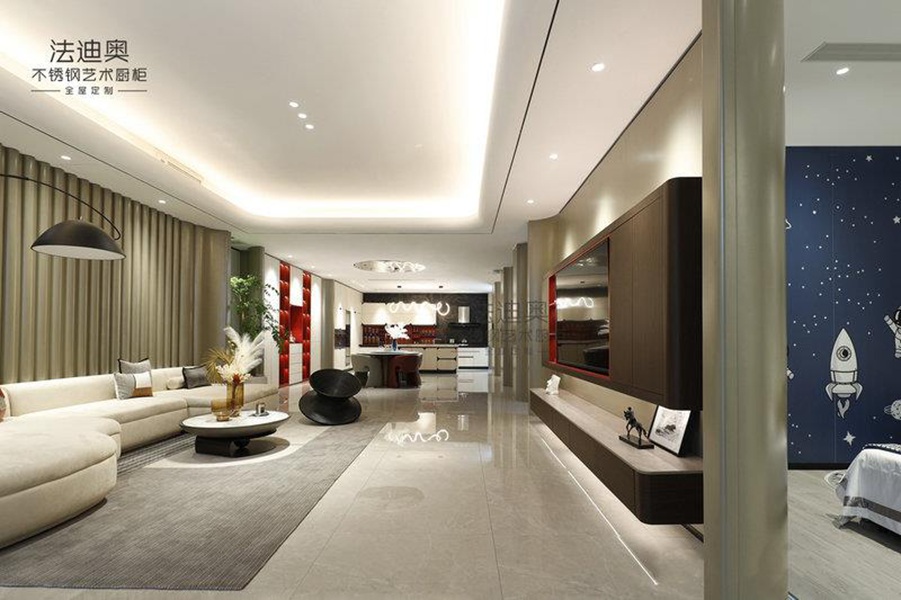
4. Resistance to Heat and Moisture
Kitchens are environments with frequent heat, steam, and humidity.
Wood Cabinets:
Wood can absorb moisture, leading to swelling, warping, or cracking over time. Prolonged exposure to heat from ovens or stovetops may also damage finishes.
Stainless Steel Cabinets:
Stainless steel is impervious to heat and moisture. It does not warp, crack, or discolor when exposed to high temperatures or humidity, making it ideal for areas around ovens, stoves, and sinks.
For kitchen durability under heat and moisture, stainless steel cabinets are superior.
5. Environmental Impact
Wood Cabinets:
Wood is a renewable resource, and sustainably sourced wood can be environmentally friendly. However, some wood cabinets involve chemical finishes, adhesives, and treatments that may affect indoor air quality.
Stainless Steel Cabinets:
Stainless steel is recyclable and has a long lifecycle, reducing the need for replacement. While energy-intensive to produce, its longevity and low maintenance offset environmental costs over time.
Sustainability Considerations:
Both wood and stainless steel can be eco-friendly if responsibly sourced or recycled.
For durability and long-term sustainability, stainless steel has a slight edge due to its lifespan.
6. Cost Comparison
Wood Cabinets:
Wood cabinets vary widely in cost depending on wood species, craftsmanship, and finishes. They can range from affordable MDF options to high-end solid hardwood. While initially less expensive than stainless steel, they may require refinishing, repairs, or replacement over time.
Stainless Steel Cabinets:
Stainless steel cabinets tend to have higher upfront costs due to material and fabrication requirements. However, the long-term durability, minimal maintenance, and resistance to damage can make them cost-effective in the long run, particularly in professional or high-use kitchens.
7. Safety and Hygiene
Wood Cabinets:
Wood can harbor bacteria and mold if not properly cleaned or maintained, especially in humid environments.
Stainless Steel Cabinets:
Stainless steel is inherently hygienic. Its non-porous surface prevents bacteria buildup, making it ideal for kitchens that prioritize cleanliness, such as commercial kitchens or households with children.
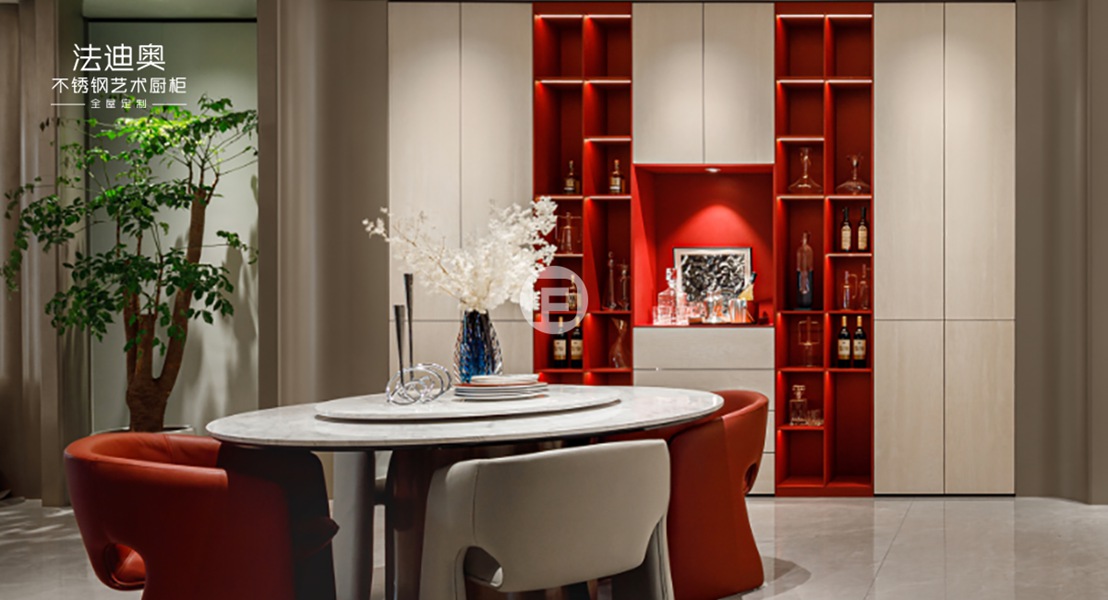
Conclusion: Which is Better for Your Kitchen?
There is no absolute answer — the best choice depends on your kitchen’s style, usage, and priorities:
Choose wood cabinets if you value warmth, classic aesthetics, and traditional design. They are ideal for home kitchens with moderate use and controlled conditions.
Choose stainless steel cabinets if durability, hygiene, heat and moisture resistance, and low maintenance are top priorities. They are especially suitable for modern, industrial, or professional kitchens.
Many homeowners choose a hybrid approach, combining stainless steel in high-use zones such as around sinks and stoves, with wood in areas where warmth and visual appeal are desired.
About Meslier — Premium Stainless Steel Cabinet Manufacturer
For those seeking durable, high-quality stainless steel kitchen solutions, Meslier is a trusted manufacturer specializing in premium stainless steel cabinets. Combining advanced engineering, precision fabrication, and modern design, Meslier creates cabinets that are not only long-lasting but also visually striking.
From custom kitchen installations to professional-grade commercial cabinets, Meslier offers fully customizable options tailored to space, style, and functional requirements. Their products emphasize hygiene, durability, and sleek aesthetics, making them ideal for both residential and hospitality environments. Choosing Meslier ensures a kitchen that is practical, stylish, and built to last for decades.
Hot News
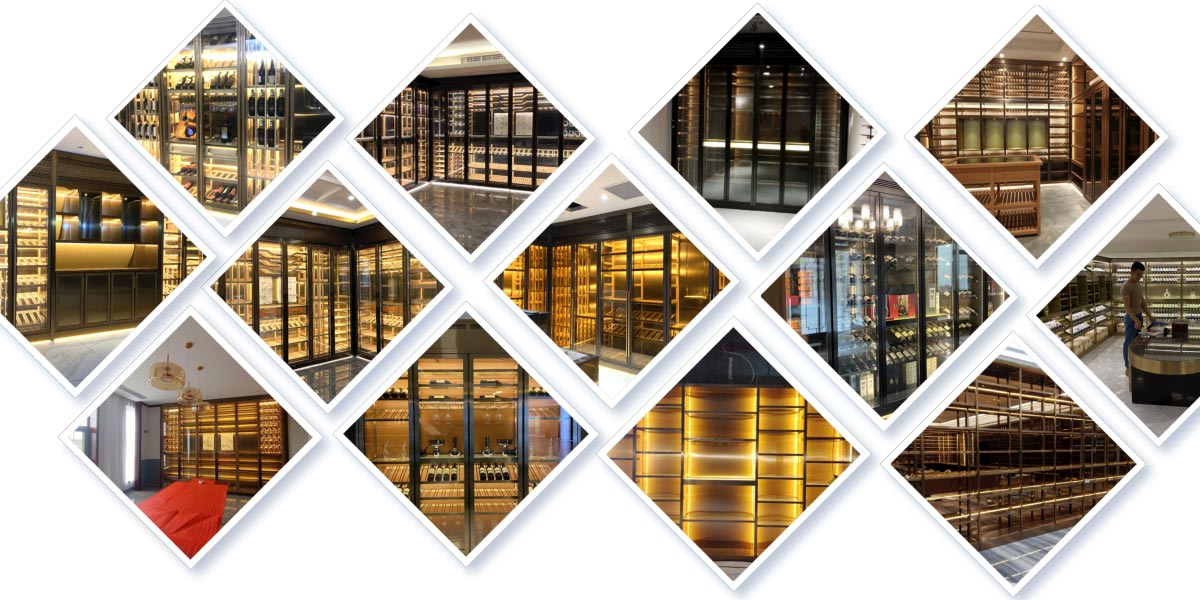
Best Stainless Steel Wine Cabinet for Home
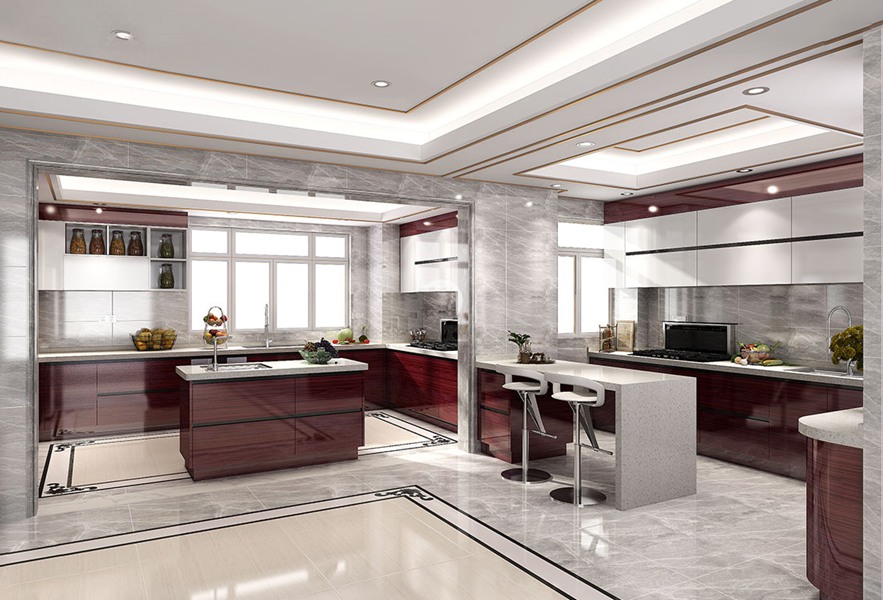
Minimalist Kitchen Design: How Stainless Steel Cabinets Fit the Trend

Creative Uses of Stainless Steel Wall Niches in Contemporary Interiors

Stainless Steel vs. Wooden Wine Cabinets: Pros & Cons

Glass Door vs. Solid Door Stainless Steel Wine Cabinets: What’s Best?
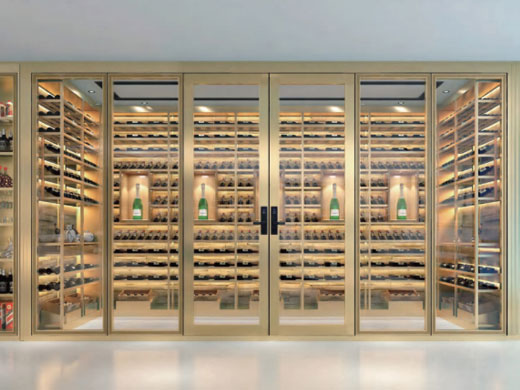
High-End vs. Budget-Friendly Stainless Steel Wine Cabinets: A Buyer’s Guide
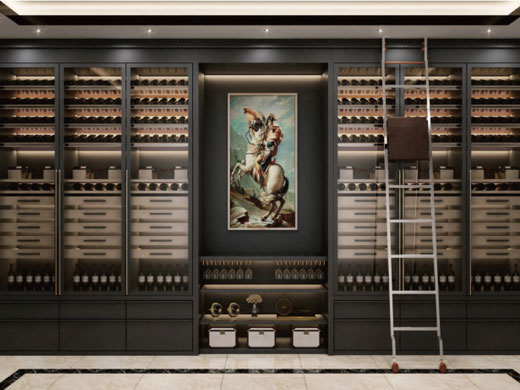
Top Features to Look for in a Stainless Steel Wine Cabinet







